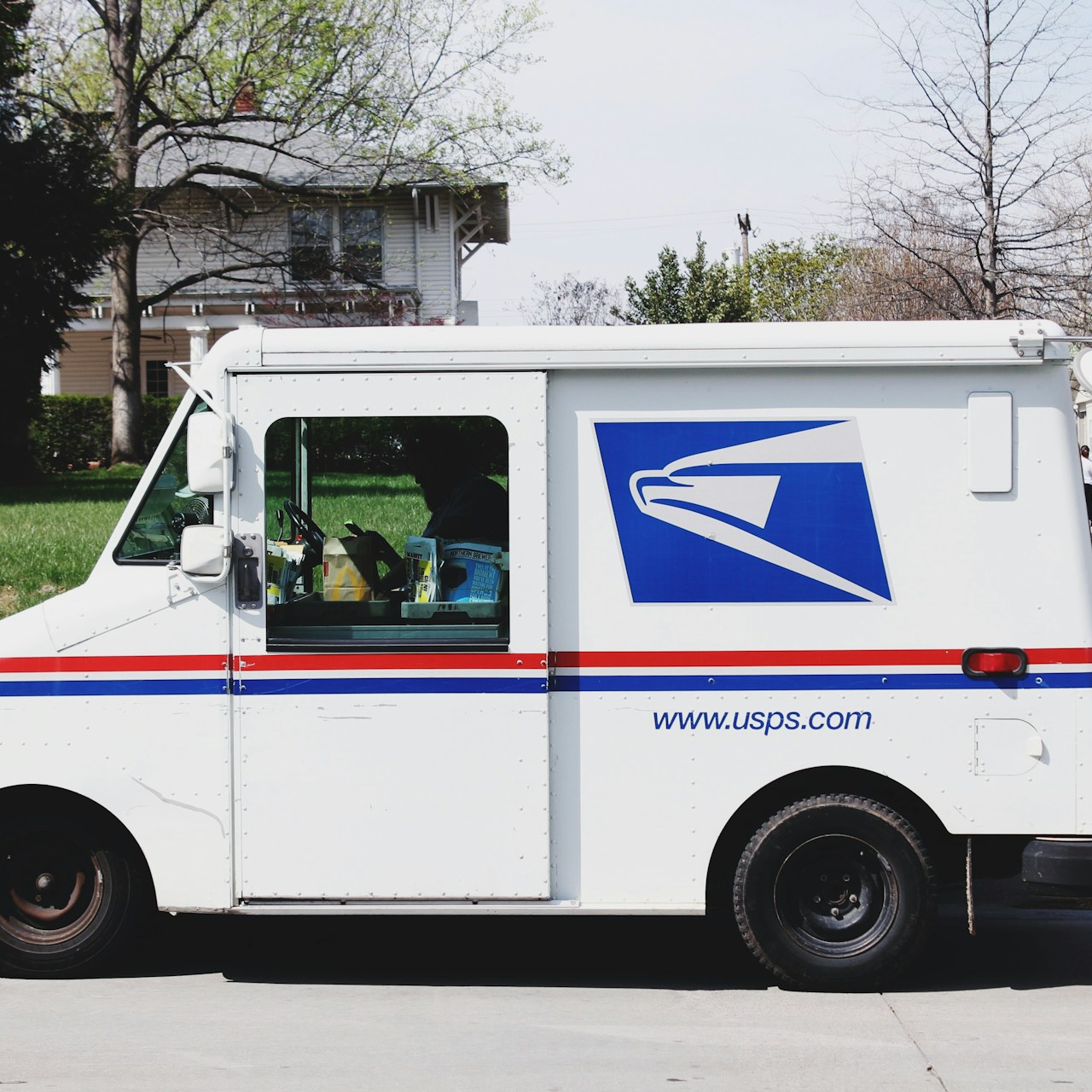Key Takeaways
-
Medicare Part B enrollment is no longer optional for many Postal retirees under PSHB in 2025—failing to enroll may result in loss of coverage.
-
Understanding who is exempt from the requirement is just as important as understanding who must comply. The PSHB rules have specific exceptions you need to verify.
Why Medicare Feels Optional—Until It Isn’t
If you’ve reached Medicare eligibility age, you’ve probably encountered messaging that Medicare is a choice. For most Americans, this is partially true. But for Postal Service annuitants under the 2025 PSHB transition, Medicare Part B is no longer optional in the traditional sense. While you still technically have the freedom to decline, the consequences for PSHB enrollees who do can be severe.
The PSHB Program, which replaced FEHB for Postal workers and retirees beginning January 1, 2025, includes mandatory Medicare coordination rules that hinge on whether or not you enroll in Part B. Without it, your PSHB coverage can be denied, significantly reduced, or may not cover your prescription drug needs.
The Medicare Part B Requirement Under PSHB
The new PSHB regulations explicitly state that certain Medicare-eligible annuitants and covered family members must enroll in Medicare Part B to retain full PSHB benefits.
Who Is Required to Enroll in Part B
You are required to enroll in Medicare Part B if all of the following apply:
-
You are a Postal Service annuitant or a family member of one.
-
You are enrolled in a PSHB plan.
-
You are entitled to Medicare Part A (typically premium-free).
-
You are 65 or older (or otherwise eligible for Medicare due to disability).
If you fall into this category and fail to enroll in Part B, your PSHB plan may not cover major healthcare services or prescription benefits the way you expect.
Who Is Exempt
Not everyone has to enroll in Part B. You are exempt from this requirement if:
-
You retired on or before January 1, 2025, and were not already enrolled in Part B.
-
You are an employee who was 64 or older as of January 1, 2025.
-
You live permanently overseas and are not eligible for Medicare.
-
You receive healthcare through Indian Health Services or the Department of Veterans Affairs.
These exemptions mean that for some annuitants, the old FEHB-like flexibility remains. But if you don’t fall into one of these categories, Medicare Part B enrollment is mandatory under PSHB.
What Happens If You Skip Medicare Part B
Skipping Medicare Part B when you’re required to enroll under PSHB rules can result in serious consequences. Here’s what you may face:
-
Denial of PSHB Coverage: Your plan may deny or severely restrict benefits if you are not enrolled in Part B.
-
No Prescription Drug Coverage: PSHB includes integrated Medicare Part D coverage through a special arrangement. Without Part B, you may lose eligibility for this benefit.
-
Late Enrollment Penalties: If you delay enrolling in Part B, you could incur lifetime penalties that permanently increase your monthly premiums.
-
Loss of Cost Sharing Reductions: Many PSHB plans offer reduced deductibles, coinsurance, or copayments for those enrolled in both PSHB and Medicare Part B. You lose access to those savings if you opt out.
Timing Is Everything
The PSHB transition brought strict timelines with it. If you’re already Medicare-eligible but not yet enrolled in Part B, you must do so during your Special Enrollment Period (SEP). This SEP ran from April 1 to September 30, 2024, giving eligible annuitants a one-time chance to avoid penalties and maintain coverage.
If you missed this window and are not exempt, your next opportunity to enroll is the General Enrollment Period from January 1 to March 31, but coverage only begins July 1 of that year—leaving a dangerous gap in your benefits.
What About Family Members?
The rules for family members align closely with those for annuitants. If your spouse or other dependent is covered under your PSHB plan and becomes eligible for Medicare, they must also enroll in Part B unless they meet one of the exemption criteria.
This is especially important because a dependent’s noncompliance could affect the whole plan. For example, if your spouse doesn’t enroll in Part B when required, your family coverage may not function as intended.
PSHB and Part D: Why Part B Matters for Drug Coverage
Prescription drug coverage under PSHB is now linked to Medicare through a Part D Employer Group Waiver Plan (EGWP). This integrated benefit ensures:
-
A $2,000 annual out-of-pocket cap on covered prescription drug costs starting in 2025.
-
Access to a broader pharmacy network.
-
Protections like the $35 insulin cap.
But this EGWP is only available to enrollees who maintain Medicare Part B. If you opt out of Part B, you also lose access to this generous prescription coverage.
Common Misunderstandings That Could Cost You
Many annuitants assume Medicare is only about hospitals or catastrophic events. This misunderstanding can lead to declining Part B, thinking it won’t be needed. But Part B covers routine doctor visits, outpatient care, durable medical equipment, and preventive services—most of which aren’t fully covered under PSHB alone unless you’re also enrolled in Medicare.
Another common pitfall: assuming that enrollment in Part A alone satisfies the PSHB requirement. It does not. The rule is clear: you must have both Part A and Part B to avoid losing PSHB benefits.
What If You Can’t Afford Part B?
The standard Medicare Part B premium in 2025 is $185 per month. For those on fixed incomes, this cost can feel like a burden. However, several PSHB plans offer features such as:
-
Reimbursements for Part B premiums.
-
Lower copays and waived deductibles when enrolled in Medicare.
These savings can offset the cost of Part B, sometimes significantly. Additionally, individuals with limited income may qualify for state-based assistance programs like Medicare Savings Programs (MSPs) that help cover premiums and cost-sharing.
Failing to enroll due to cost concerns can backfire. Not only might you face penalties, but you also forfeit access to benefits that could reduce your total out-of-pocket spending.
When to Review Your Coverage
Each year during Open Season (November to December), you have the opportunity to review your PSHB plan options. This is the time to:
-
Confirm your Medicare Part B enrollment status.
-
Ensure your spouse or dependents are compliant if they’re Medicare-eligible.
-
Compare PSHB plans and their Medicare coordination features.
Not every PSHB plan is the same. While all comply with the new coordination rules, the value they offer to Medicare-enrolled members can vary. During Open Season, read your plan brochures carefully and call the plan if you have questions.
How to Enroll in Medicare Part B if You Haven’t Yet
If you missed the SEP and are not exempt, your next option is to enroll during the General Enrollment Period:
-
Enrollment window: January 1 to March 31
-
Coverage begins: July 1 of the same year
To enroll:
-
Visit your local Social Security office or use ssa.gov.
-
Have your Medicare Part A information ready.
-
Complete the CMS-40B form and submit it promptly.
Be prepared to pay the late enrollment penalty unless you qualify for a hardship waiver or other relief due to misinformation or exceptional circumstances.
Why Compliance Now Prevents Coverage Loss Later
The PSHB transition was designed to align better with Medicare and reduce long-term healthcare costs for retirees. But this alignment only works if Medicare enrollment is complete. Delaying or skipping Part B will not just cost you money—it can result in lost benefits and reduced healthcare access.
If you’re not sure whether you’re subject to the requirement or you’re unsure of your next steps, it’s best to speak directly with a licensed agent listed on this website.
Your Medicare Status Could Define Your PSHB Benefits
The integration between Medicare and PSHB isn’t optional for most retirees anymore. It’s a fundamental part of maintaining your health coverage in 2025 and beyond. Whether you’re approaching retirement, assisting a dependent, or reviewing your plan options during Open Season, don’t ignore the Medicare Part B requirement.
Take action now. Get in touch with a licensed agent listed on this website to ensure you’re on track.











